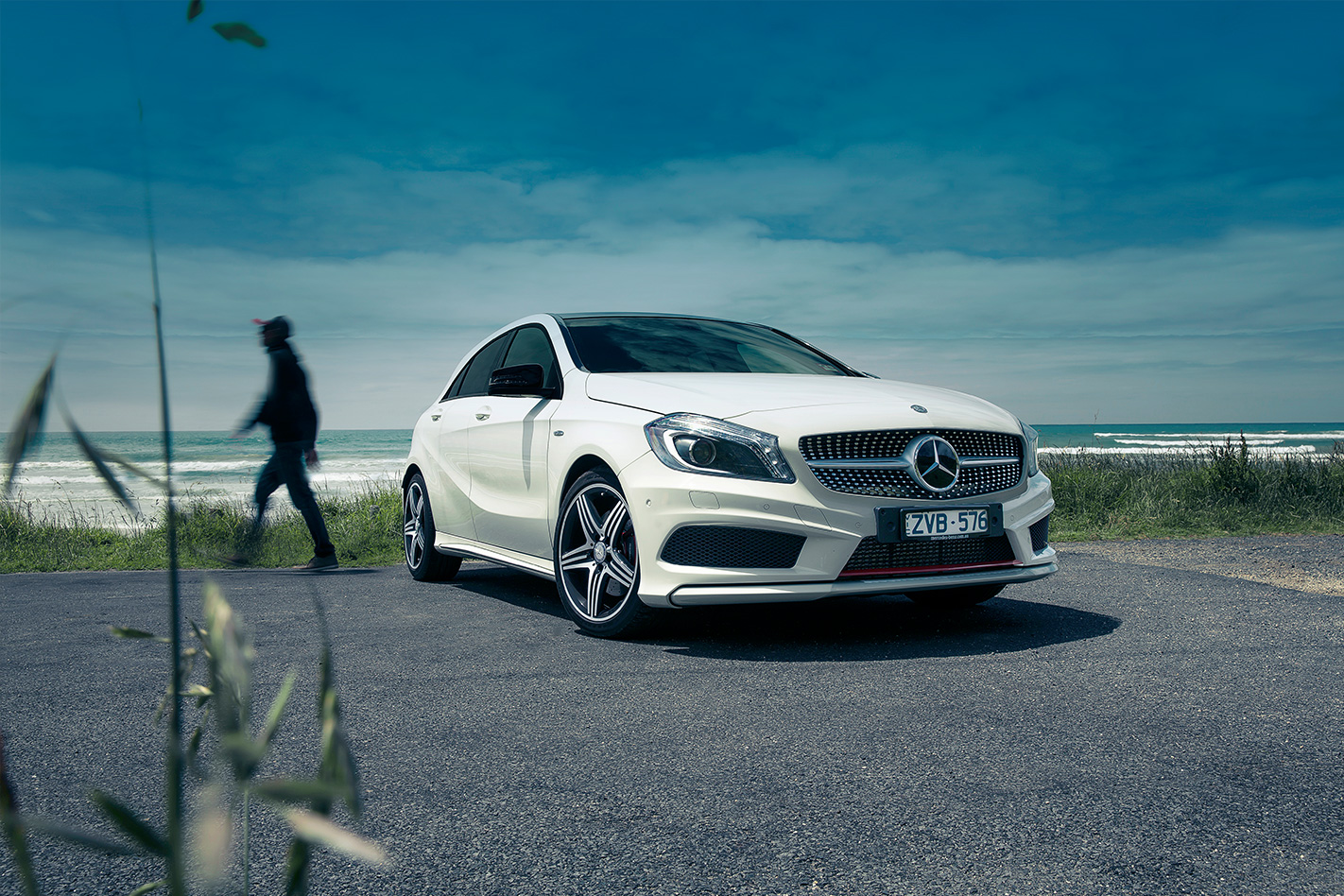
June 2023: EVs could be free from LCT under EU trade deal
The price of some European-made electric vehicles could dramatically reduce as the Australian Government considers cutting or abolishing the Luxury Car Tax (LCT).
Story continues: How much does LCT add to the price of a car?
The election of a new federal government in 2022 has once again put the Luxury Car Tax (LCT) in focus.
Opponents say it is no longer needed as a way to protect Australian vehicles, though contrary to popular belief that was never its purpose – there is a five per cent duty on vehicles built in Europe, India, South Africa, and some South American countries originally that’s still in place.
However, it is worth noting that said tariff was axed from UK imports in 2021 following a Free Trade Agreement being made, and the new Australian Labor Government has also made plans to scrap it for electric vehicles priced under the LCT limit.
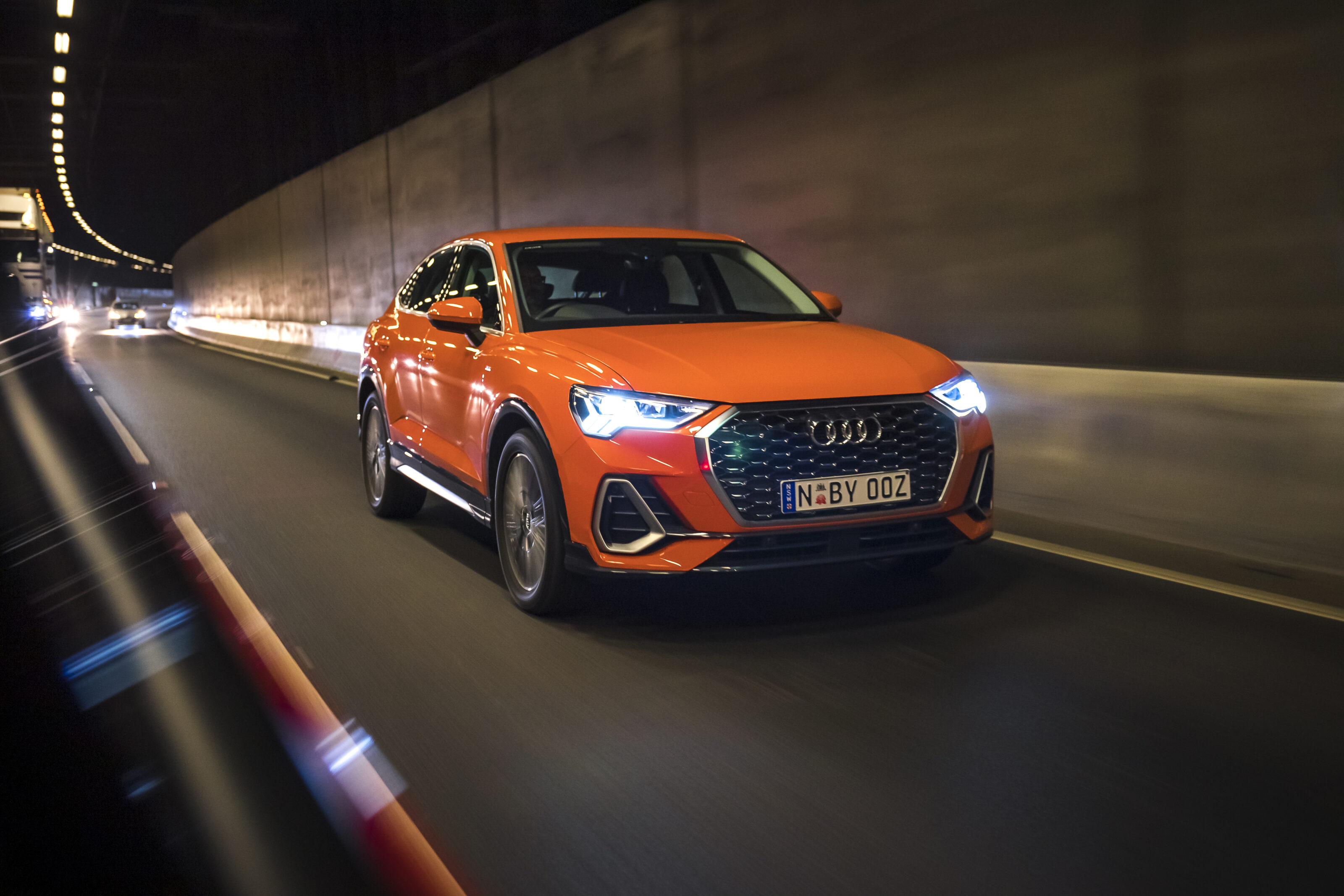
A more valid argument against the LCT is that it provides a disincentive for people to invest in cars with the latest safety technology and efficient electrified powertrains that still add a significant premium to a vehicle’s price.
Former Liberal Treasurer Josh Frydenberg said it will eventually be scrapped, but not until the budget can afford it. As yet, his Labor successor Jim Chalmers has not confirmed a position on it.
Any changes however could be years away, so here’s our guide to increase your understanding of all things LCT.
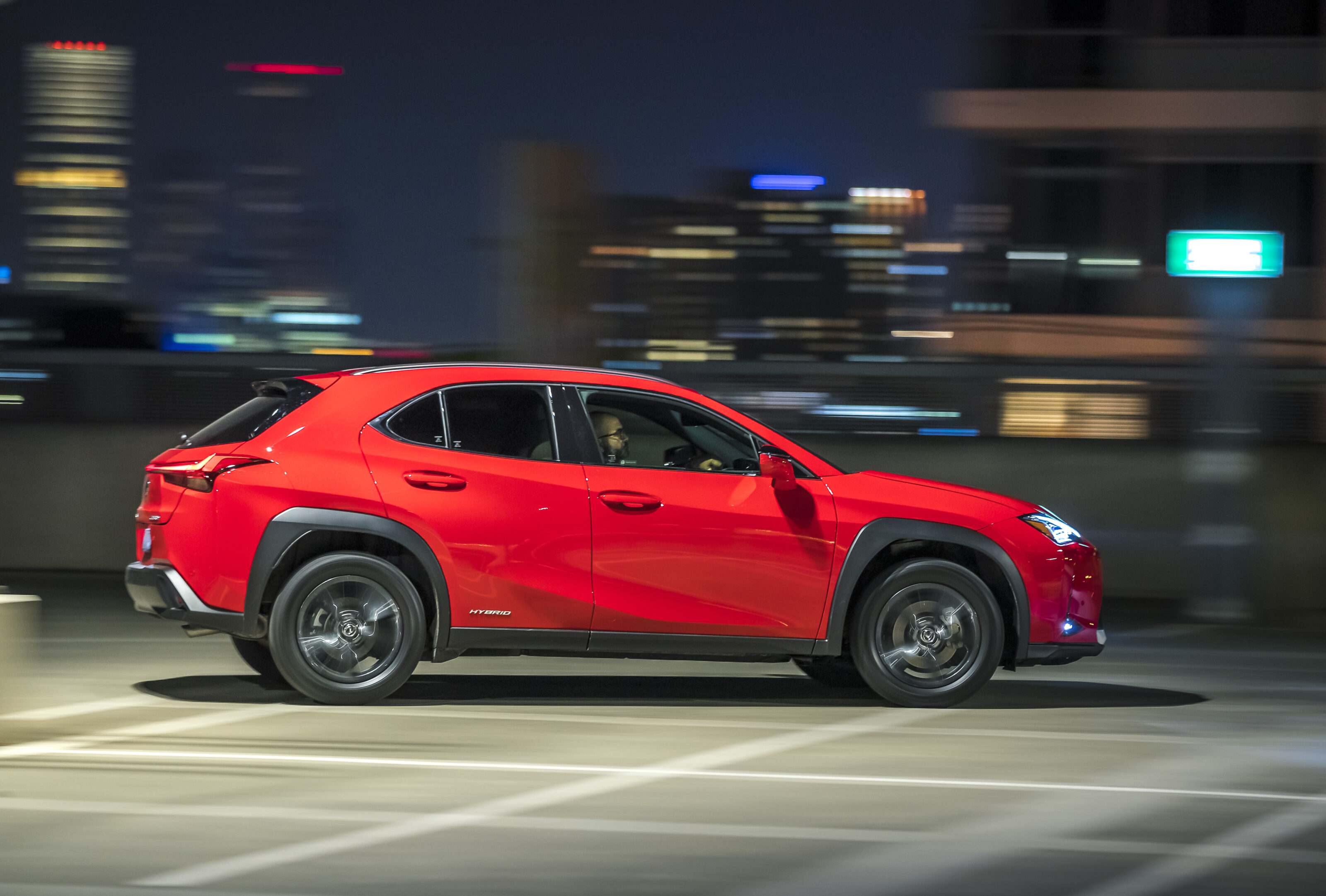
What is the Luxury Car Tax?
The Australian Tax Office (ATO) describes the Luxury Car Tax (LCT) as a tax on cars with a GST-inclusive value above the LCT threshold.
Still awake? In other words, a car less than two years-old with a GST-inclusive price tag above a certain value will attract an LCT of 33 per cent.
That means, any car you’re buying with a value above the threshold, you’ll pay an extra third on the amount that’s above the threshold. This tax isn’t listed anywhere, it’s already built into the manufacturer’s retail price. Sounds confusing, but hang with us as we delve into it.
Does it only apply to luxury cars?
No, it’s purely about price – not how soft the seats are. In short, it’s a car sold by a registered car dealer valued above the threshold. In fact, some cars you’d consider to be luxury – some variants of the Audi Q3, Volvo XC40 or BMW X1, for instance – don’t attract LCT because they’re priced under the threshold.
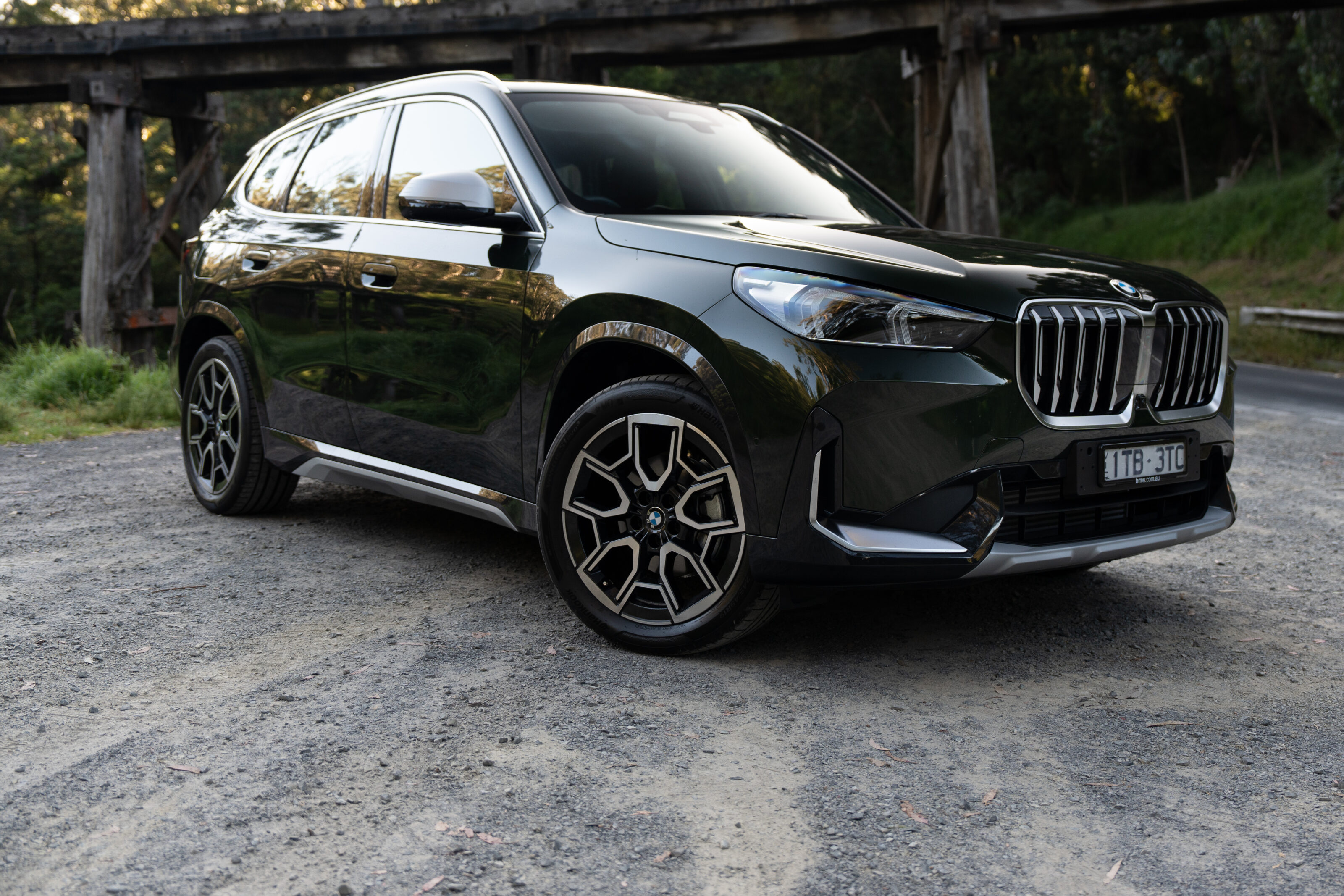
Does it apply to Australian-built cars?
Yes, if they’re valued above the threshold. Though these days you can’t buy a new Australian car so it won’t matter.
What is the threshold?
The threshold is indexed and goes up a little bit every financial year. For 2022-23 it is $71,849, however for fuel-efficient cars with a combined economy rating of 7L/100km or better, the LCT doesn’t kick in until $84,916.
Interestingly, while the LCT threshold for gas guzzlers has risen by around $14,000 since 2010, the threshold for fuel efficient vehicles only went up by $526 for most of the that time before incremental changes started to be made since 2020.

So you pay 33 per cent of the total price?
Thankfully, no. The LCT is charged on the amount over the threshold, not the entire price of the car. So if you’re buying a car that drinks 9L/100km for $75,000, the LCT applies to the $3151 over the $71,849 threshold.
That seems pretty simple
Kind of. There’s also the matter of GST which has to be factored in, so it’s not as simple as charging 33 per cent on the difference. It’s also worth noting that the LCT is charged to the seller not the buyer, but they will invariably pass it on to the buyer.
So, if Joe Bloggs Motors sells that $75,000 car, it must pay the LCT to the ATO.To work out the LCT they need to calculate:
(LCT value − LCT threshold) × 10 ÷ 11 × 33%
($75,000 − $71,849) × 10 ÷ 11 × 33%
$3151 × 10 ÷ 11 × 33%
= $945.30
The total price of the $75,000 car will now be $75,945.30 plus any other on road costs such as registration.
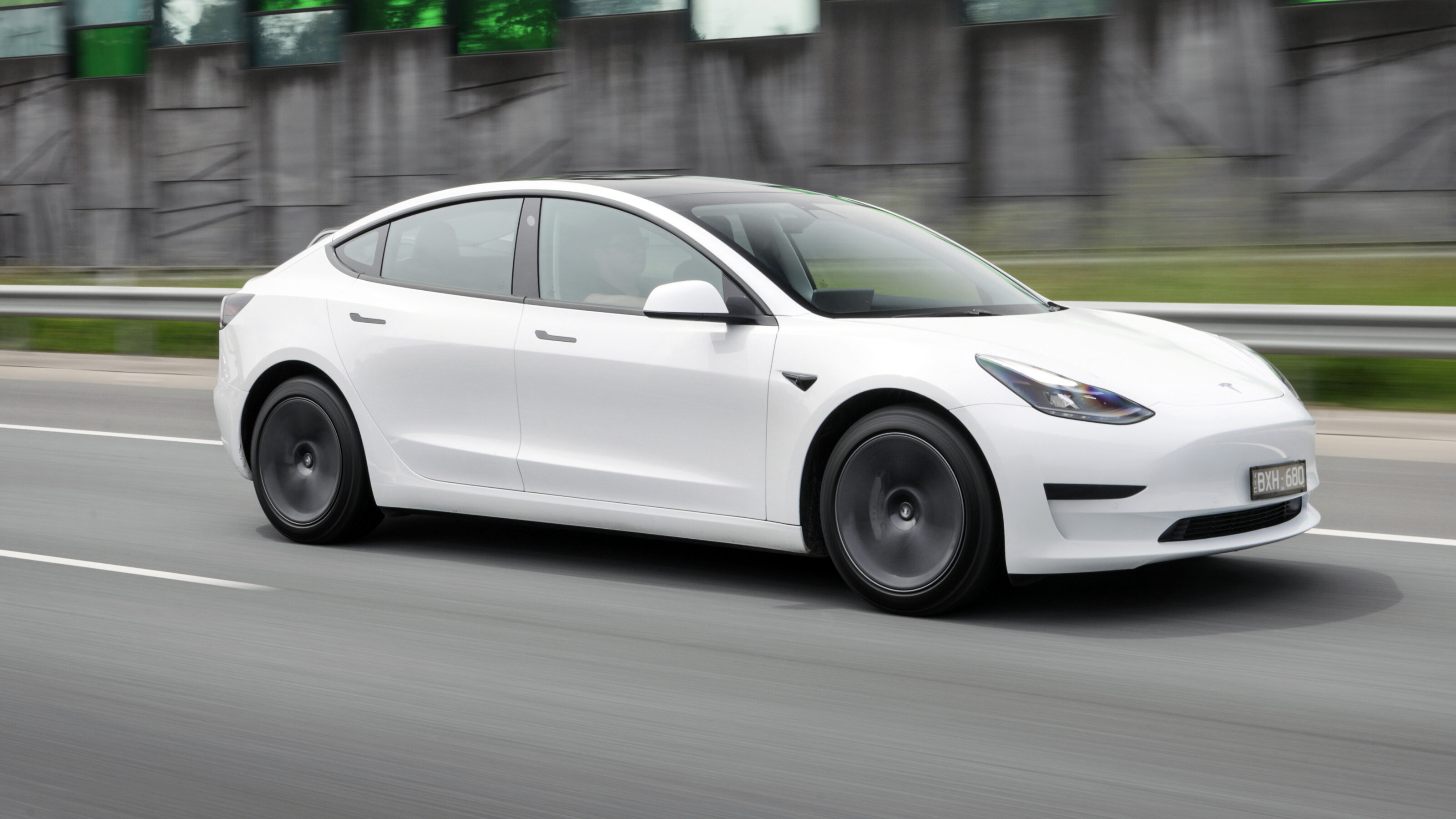
Are there any exemptions?
Yes. These include:
- If the car is for a business and qualifies to be purchased under a company ABN
- If the car was manufactured in Australia more than two years before the sale
- If the car was imported more than two years before the sale
- If the car was exported as a GST-free export
- A car that is (or is intended to be) registered for use as an emergency vehicle such as an ambulance, firefighting vehicle, police vehicle, or search and rescue vehicle
- A motor home or campervan, or a commercial vehicle designed mainly for carrying goods and not passengers
- A car with modifications for people with a disability
- A car being sold more than once within two years will be exempt unless it goes up in value. You will need proof that LCT was already paid.
We recommend
-
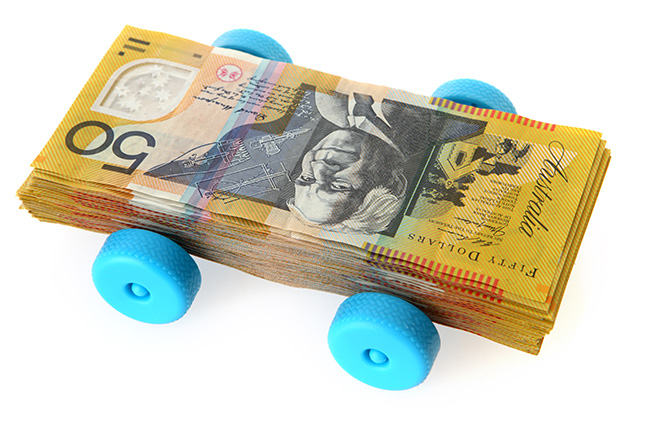 News
NewsLuxury car tax to be abolished?
A new trading deal with the United Kingdom could finally see it dropped, but is it too soon to break out the party poppers?
-
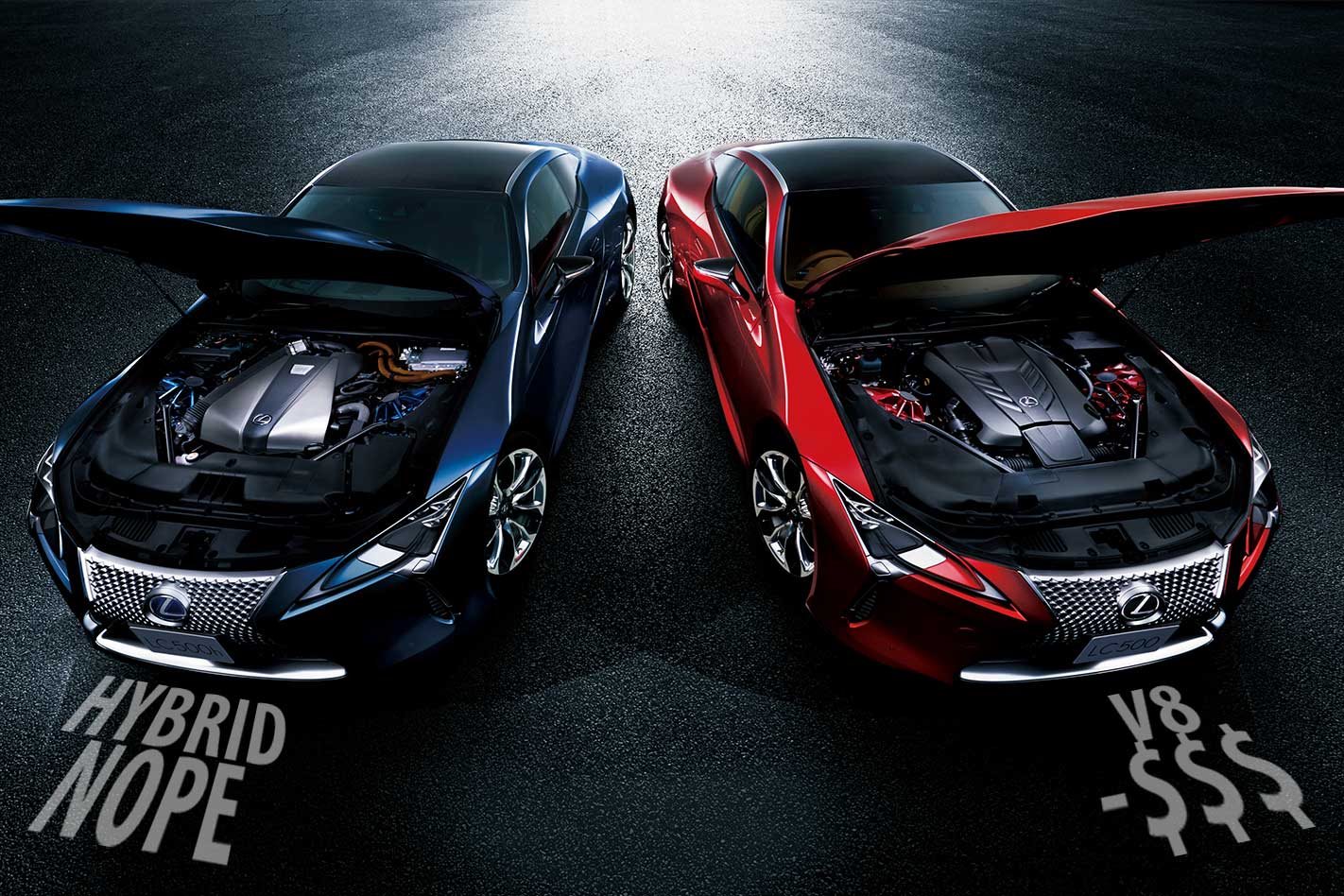 News
NewsLCT cut drops V8 prices, but not hybrids
Threshold-change savings passed on by sports car brands
-
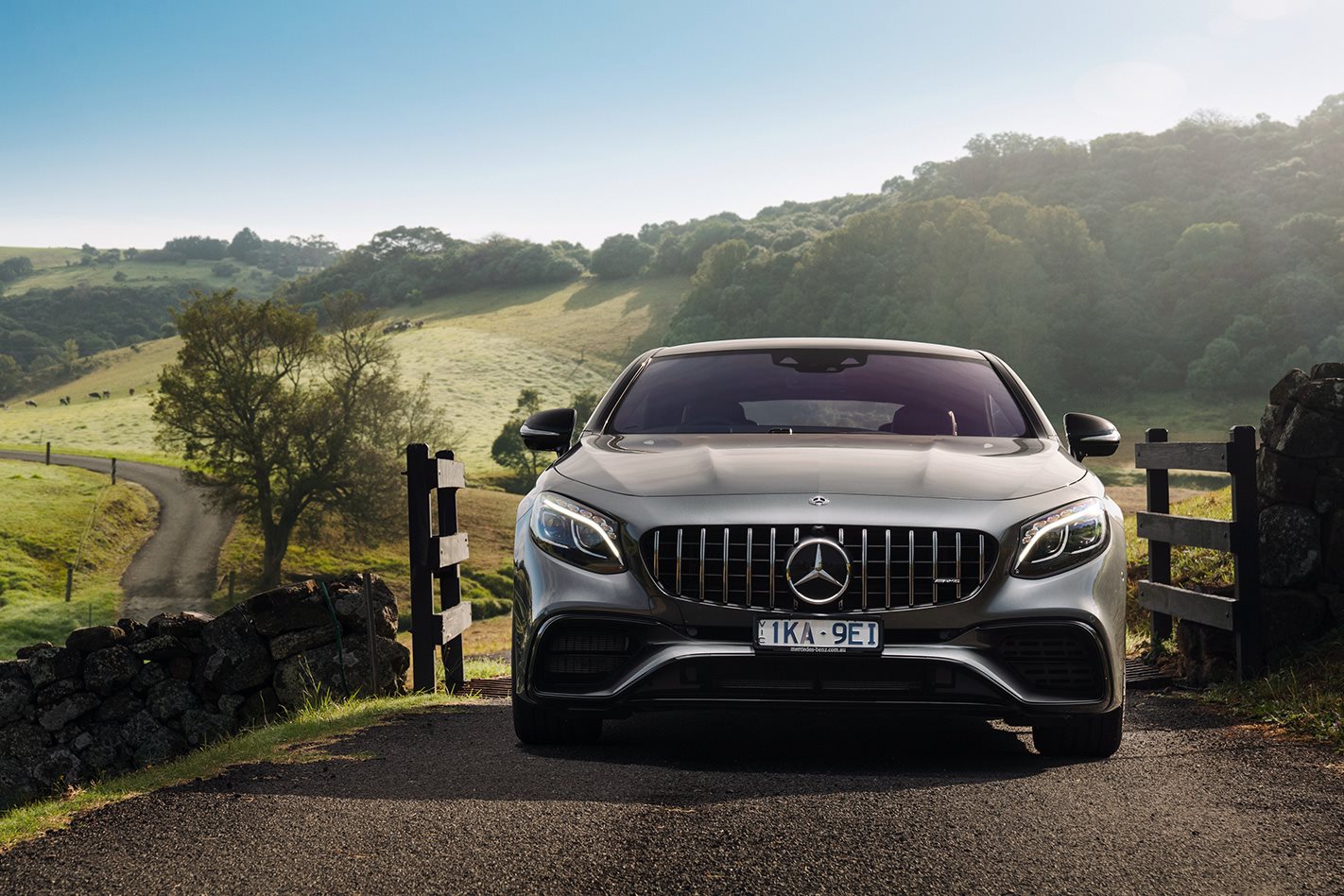 News
NewsMercedes slams LCT as a tax on safety and the environment
Mercedes-Benz CEO returns serve on Victoria’s luxury car tax and stamp duty changes



